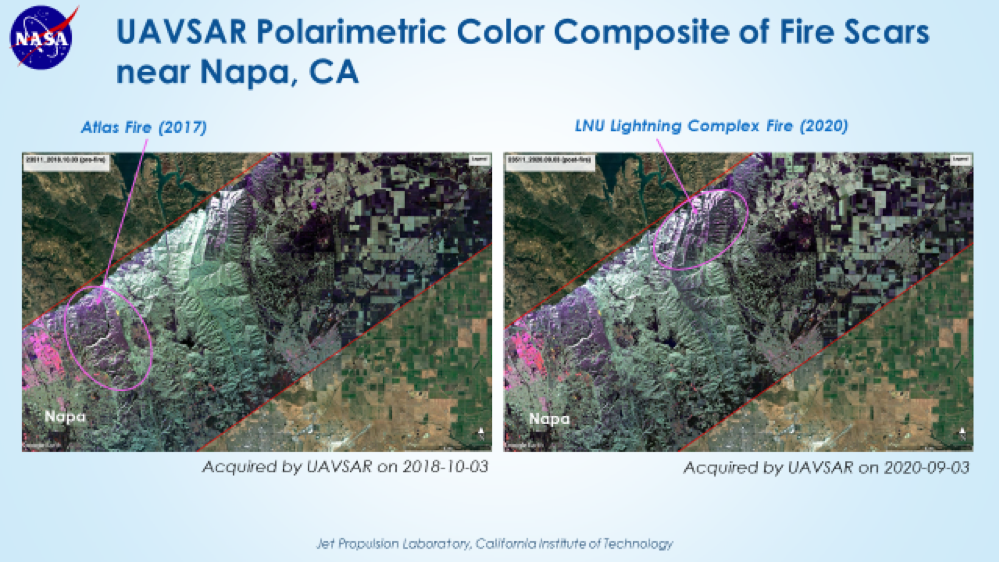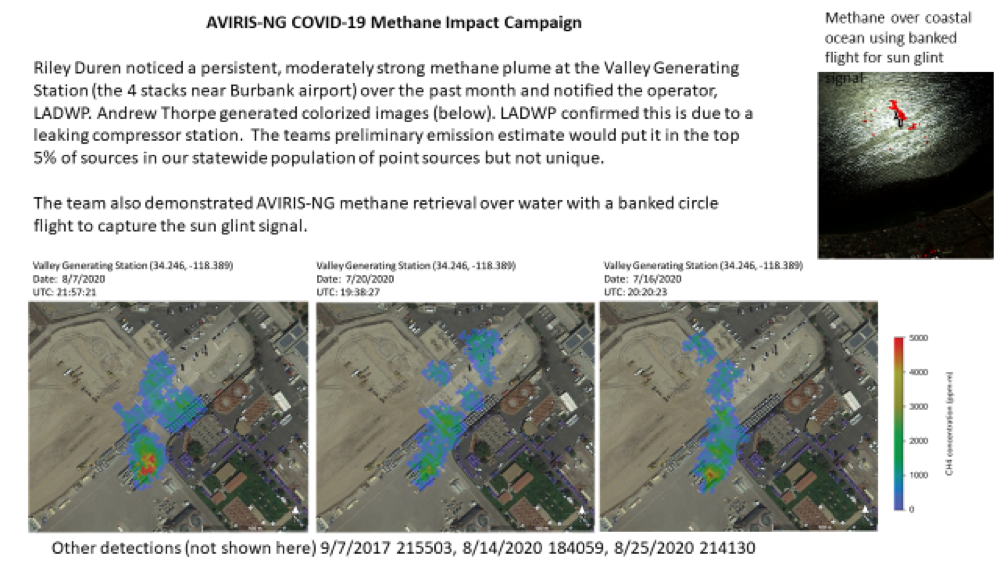The Airborne Precipitation and cloud Radar 3rd Gen (APR-3) successfully completed the 2019 deployment onboard the NASA P-3 for CAMP2Ex (Clouds Aerosol Monsoon Processes – Philippines Experiment).
The APR-3 has successfully completed the field deployment phase of CAMP2Ex (Clark, Philippines) on board the NASA P-3 from August to October 2019. APR-3 operated successfully in all of the 19 CAMP2Ex science flights.
This field experiment focused on cloud systems ranging from non-precipitating Planetary Boundary Layer cumulus clouds to cumulus congestus on the verge of turning to deep convection, and how they interact with the aerosol and synoptic environment. The latter spanned from monsoonal environment to the outskirts of typhoons, and the resulting systems spanned the whole spectrum of cloud organization. The APR-3 contributed to the experiment by observing at high resolution the three dimensional nature of the individual clouds and convective cells, including their dynamics. Of particular interest are the observations of processes resulting in extremely high precipitation rates despite relatively low vertical cloud development, and those showing the small scale 3-D features of convective processes which directly inform entrainment and detrainment rate estimation as well as convective transport and scavenging. The wide range of cloud and precipitation conditions highlighted the advantages of having all 3 bands, which complement each other, and thus provide jointly a holistic view of these systems where a single one could not.



